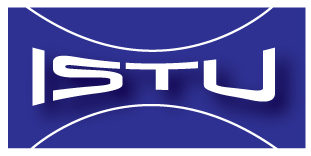History of Therapeutic Ultrasound
The discovery by Frank and William Fry in the early 1950's that high-frequency sound waves could be used to generate 'trackless', localized tissue damage greatly predated even the use of ultrasound as a diagnostic modality. However, the rapid advances in ultrasound, magnetic-resonance and computer tomography imaging over the last three decades have now provided the tools to make truly non-invasive, image-guided ultrasound therapy a clinical reality.
In recent years, exposure of tissue to therapeutic levels of ultrasound has been shown to result in a rapidly expanding array of desirable biological effects, ranging from fast localized heating and tissue necrosis, to vascular occlusion, disruption of the blood-brain barrier, the activation of drugs and the increased permeability of cell membranes to molecules.
As a result, the future of therapeutic ultrasound relies increasingly on engineers, physicists, clinicians, biologists and biochemists working together to identify and understand how to optimally deliver acoustic energy for specific applications.
